The ski industry has transformed from an accessible winter activity into a luxury pursuit where lift tickets, lodging, and meals can easily exceed the cost of international vacations. Many resorts have raised prices far beyond what their terrain, snow conditions, and amenities actually justify, leaving families and enthusiasts priced out of destinations that deliver mediocre experiences.
Here’s a list of 15 skiing resorts that charge premium prices while failing to provide value that matches their astronomical costs.
Deer Valley, Utah

This Park City resort restricts snowboarding entirely while charging lift ticket prices that exceed $200 per day during peak periods, creating an elitist atmosphere that prioritizes exclusivity over actual snow sports enjoyment. The terrain lacks challenging runs that would justify the premium pricing, with most slopes designed for intermediate skiers who could find similar experiences at resorts charging half the price.
Parking fees, reservation requirements, and strict dress codes add layers of expense and inconvenience that transform skiing into a luxury consumption experience rather than an athletic activity.
Vail, Colorado

Corporate ownership has steadily increased prices while reducing services, creating a resort experience that feels more like an expensive theme park than an authentic mountain community. Lift lines during peak periods can exceed 45 minutes even with reservations, while on-mountain dining charges $25 for burgers that would cost $8 at any normal restaurant.
The village atmosphere has been sanitized and commercialized to the point where visiting feels like shopping at an outdoor mall rather than experiencing genuine mountain culture.
Like Travel Pug’s content? Follow us on MSN.
Aspen Snowmass, Colorado
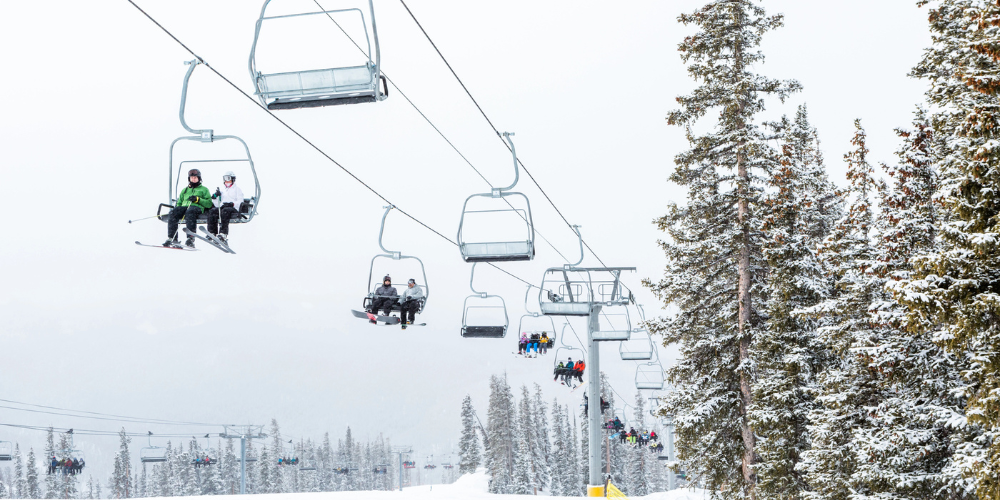
Four interconnected mountains sound impressive until you realize that much of the terrain requires advanced skiing skills that most visitors don’t possess, leaving beginners and intermediates paying premium prices for access to only a fraction of available runs. Lodging costs frequently exceed $1,000 per night during peak season, while restaurant meals routinely cost more than fine dining experiences in major cities.
The celebrity culture and social scene often overshadow actual skiing, creating an environment where showing up becomes more important than enjoying the mountain.
Jackson Hole, Wyoming

The resort’s reputation for extreme terrain masks the reality that 90 percent of visitors never attempt the famous Corbet’s Couloir or other expert runs that justify the mountain’s intimidating reputation. Lift ticket prices approach $300 during peak periods, while the limited base village offers few amenities beyond expensive hotels and restaurants.
Weather conditions can shut down upper mountain lifts for days at a time, leaving guests paying premium prices for access to beginner and intermediate terrain available at countless other resorts.
Park City, Utah

The merger of Park City Mountain Resort and Canyons created a sprawling complex that sounds impressive on paper but requires extensive travel time between different areas, often eating into actual skiing time. Lift ticket prices have increased dramatically since the corporate takeover, while on-mountain services have declined in quality and availability.
The resort’s proximity to Salt Lake City creates weekend crowds that overwhelm lift capacity, resulting in long lines and frustrated skiers who pay premium prices for stress rather than recreation.
Like Travel Pug’s content? Follow us on MSN.
Whistler Blackcomb, British Columbia
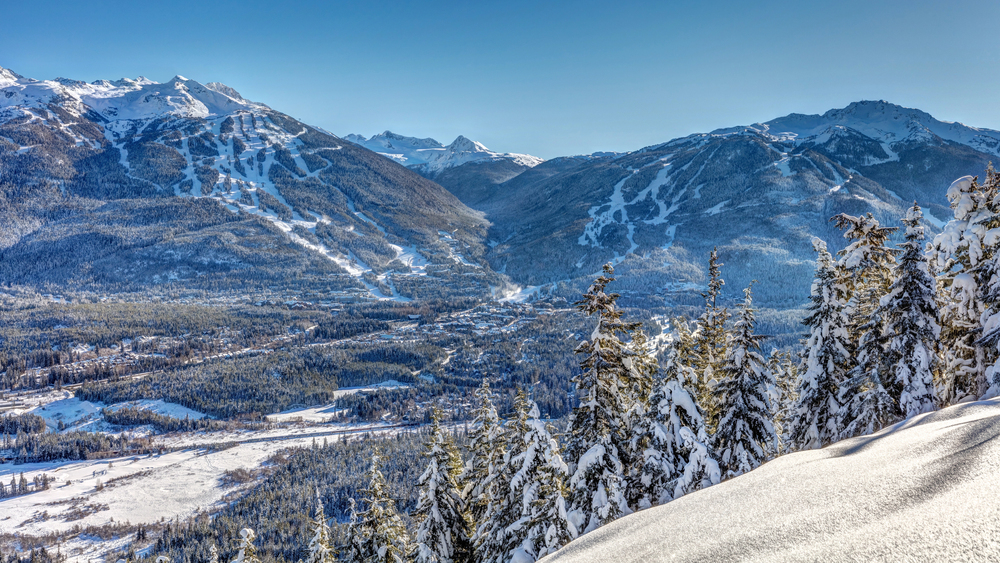
Currency exchange rates make this Canadian resort extremely expensive for American visitors, while unpredictable weather conditions can limit skiing to lower elevation runs that lack the alpine experience that justifies the cost. Village accommodations charge European prices for amenities that don’t match the expense, particularly during Olympic legacy periods when tourism demand artificially inflates costs.
The resort’s size becomes a disadvantage when poor weather closes upper mountain access, concentrating all skiers onto a limited number of lower runs.
Sun Valley, Idaho

This historic resort trades on its glamorous past while delivering skiing experiences that haven’t evolved significantly since the 1960s, charging modern luxury prices for outdated lift systems and limited terrain variety. The lack of high-speed lifts means spending more time riding chairlifts than actual skiing, while mountain restaurants offer limited options at prices that would be expensive even in major metropolitan areas.
Off-mountain activities and nightlife options remain limited, leaving visitors with little to do beyond skiing — an experience that doesn’t justify the premium accommodation costs.
Steamboat Springs, Colorado

Marketing emphasizes the resort’s champagne powder snow, yet inconsistent weather patterns often result in icy or bare conditions that make skiing unpleasant despite paying full price for lift access. The base village lacks the amenities and dining options found at other destination resorts, forcing visitors to drive into town for services that should be available on the mountain.
Lift ticket prices have increased steadily while snowmaking and grooming quality have remained inconsistent, creating conditions where paying premium prices doesn’t guarantee quality skiing experiences.
Like Travel Pug’s content? Follow us on MSN.
Big Sky, Montana

The isolation that once provided authentic mountain experiences now creates logistical challenges that add significant costs and inconvenience to any ski vacation. Limited flight options into Bozeman require expensive connections, while ground transportation to the resort adds time and expense that accumulates quickly.
The resort’s size sounds impressive, but much of the terrain remains inaccessible during normal weather conditions, leaving visitors paying for mountain access they’ll never actually use.
Telluride, Colorado

This remote resort’s stunning mountain scenery comes with logistical costs that make weekend trips prohibitively expensive for most skiers, while limited dining and lodging options create artificial scarcity that drives prices even higher. The gondola connecting Mountain Village to the historic town creates transportation challenges that waste valuable skiing time, especially during peak periods when lines form at both terminals.
Advanced terrain receives most of the attention and investment, leaving beginner and intermediate skiers paying premium prices for limited options.
Snowbird, Utah
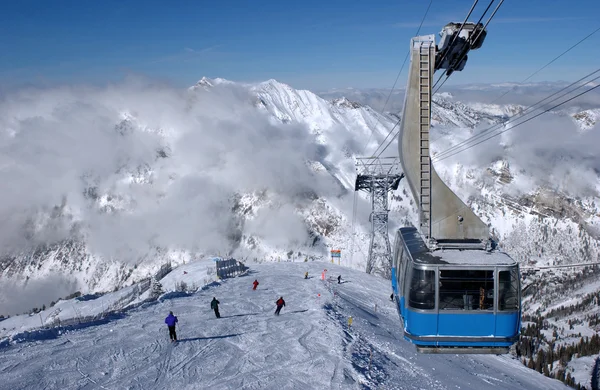
Alta’s neighbor charges significantly higher prices while offering a resort experience that feels more corporate and less authentic than the skiing-only area next door. Lift ticket prices approach those charged at major destination resorts despite offering fewer amenities and limited non-skiing activities for families or non-skiers.
The base lodge facilities haven’t been updated significantly in decades, creating an environment where visitors pay modern prices for dated infrastructure and services.
Like Travel Pug’s content? Follow us on MSN.
Heavenly, California
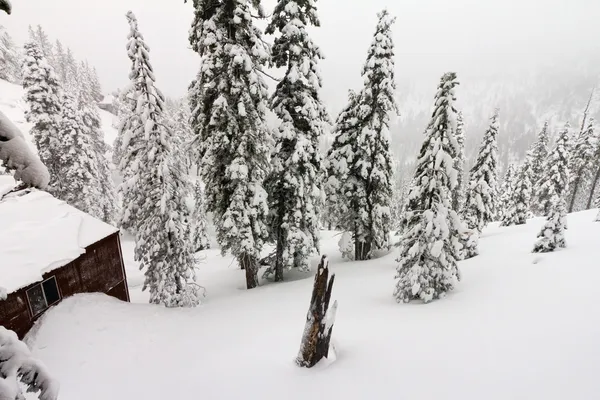
Lake Tahoe views are spectacular, but lift ticket prices reflect the resort’s prime real estate location rather than the quality of skiing terrain or snow conditions. California’s inconsistent weather patterns mean paying premium prices for skiing that’s often limited to man-made snow on a fraction of available runs.
Parking fees, reservation requirements, and crowded conditions during peak periods create a skiing experience that feels more like visiting a busy theme park than enjoying mountain recreation.
Stowe, Vermont

This Vermont resort charges western destination prices while offering eastern skiing conditions that rarely justify the premium cost, particularly when compared to other New England mountains with similar terrain at half the price. Limited snowfall and short seasons mean paying peak prices for skiing that’s often restricted to narrow ribbons of man-made snow.
The historic village atmosphere comes with accommodations and dining that charge resort prices for experiences that don’t match the expense.
Killington, Vermont

The Beast of the East markets itself as a destination resort while delivering skiing experiences that feel more appropriate for day trips, yet charges prices that exceed many western mountains with superior snow conditions and terrain. Lift lines during peak periods can exceed an hour, while the sprawling layout requires significant time to navigate between different areas.
Weather conditions often limit skiing to lower-elevation runs that lack the alpine experience suggested by marketing materials and pricing.
Like Travel Pug’s content? Follow us on MSN.
Sugar Bowl, California
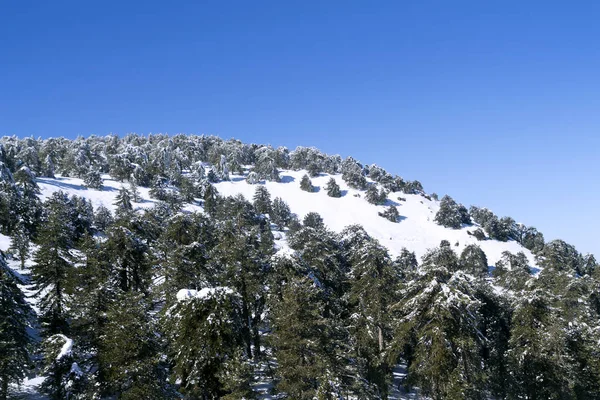
Proximity to Lake Tahoe creates real estate prices that get passed directly to visitors through expensive lift tickets and limited, overpriced lodging options. Snow conditions remain inconsistent due to California’s variable weather patterns, yet the resort charges premium prices regardless of actual skiing quality.
Limited terrain variety means paying destination resort prices for a mountain experience that most skiers exhaust within a single day.
Snow Business Reality

The ski industry’s transformation into a luxury lifestyle brand has created situations where marketing budgets exceed investment in actual skiing infrastructure and services. These resorts demonstrate how premium pricing doesn’t guarantee premium experiences, especially when natural snow conditions, terrain variety, and service quality fail to match the costs charged to access them.
Smart skiers increasingly seek authentic mountain experiences at resorts that prioritize skiing quality over luxury amenities and social status, finding better value and more genuine mountain culture at destinations that focus on the sport rather than the lifestyle.
More from Travel Pug

- 20 Best Beach Towns in the Carolinas
- 13 Destinations Where Tourists Regularly Regret Their Trip
- 20 Things You Actually Get in First Class
- 20 Small Airports With Aviation Museums
- 20 Places in the U.S. That Are Perfect for a Reset Trip
Like Travel Pug’s content? Follow us on MSN.
